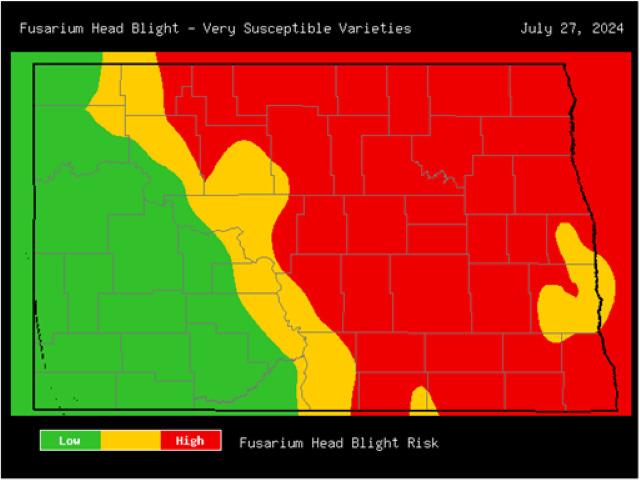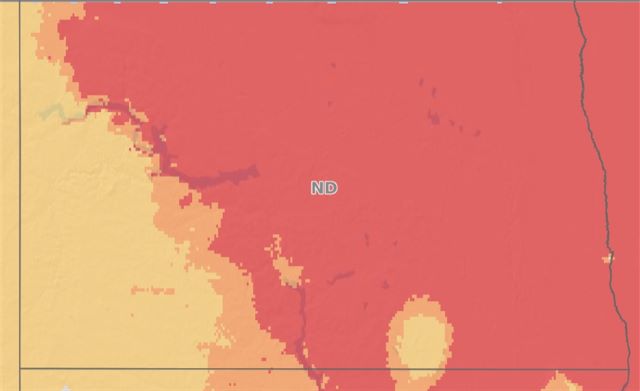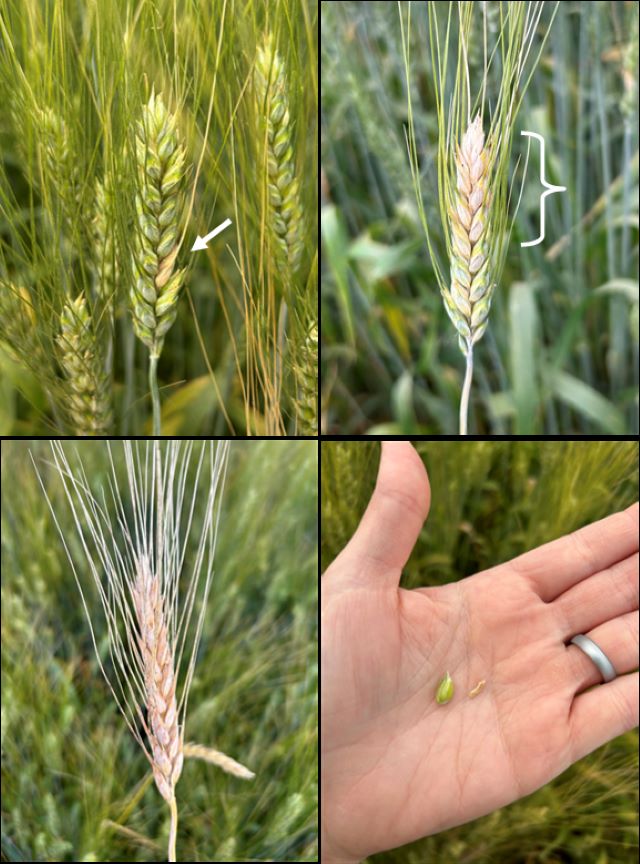Agronomy Update
Jul 29, 2024
Horizon Resources Yield Contest
Don’t forget to enter our yield contest for your chance to win a Traeger Ironwood XL grill. The contest rules including a link to sign up are in here in this PDF. If you have any more questions please feel free to reach out to Dr. Audrey Kalil at the Williston Agronomy location.Pulse Crop Desiccation
We have had customers think they were a couple weeks away from desiccating their pulse crops, then the heat came and things changed in a hurry. Here are a few tips when it comes to desiccating pulse crops with a focus on peas and lentils.The most common products we use to desiccate peas and lentils are paraquat and glyphosate. Paraquat will dry down weeds a lot quicker than glyphosate, so if your goal is to dry down weeds, paraquat is the better option. Glyphosate will actually work best for control of perennial weeds like Canada thistle, but we usually warn people that it will take up to 3 weeks to dry down large kochia escapes and that is if it will dry them down at all.
Glyphosate is the best choice if you are just trying to even out your crop and dry things evenly for harvest but probably not the best choice to dry down big annual weeds.
Another weed issue we might be trying to manage with desiccation are wild buckwheat and field bindweed. They both become harvest nightmares and we don’t have a silver bullet to dry down either one. The best choice for this is to use Sharpen along with glyphosate or paraquat plus AMS and MSO. I warn people that there is a 50/50 chance it will work but will give a better chance than paraquat or glyphosate alone.
The timing for desiccation will be when about 80% of the crop has turned a “buckskin brown” color. You will normally still have green spots in the field, especially in the lower areas and you will have to make that decision as to when to pull the trigger with these spots. If you wait until all of these spots are mature, you might see a lot of shelling out of pods throughout the rest of the field.
When using paraquat, keep your water rates up to 20 gallons per acre especially with thick lentil canopies. Paraquat is a contact herbicide that will only affect the tissue that it comes into contact with. It will not translocate like glyphosate does. We also recommend using a deposition agent like Interlock or Masterlock with paraquat and that not only helps with drift, but also helps to get it down through the canopy. This will give you your best chance to dry down the stems which will become a harvest problem if they stay green and healthy.
Each product has a preharvest interval (PHI) which means you are not allowed to harvest your crop until so many days after application to make sure there is not any residue left on the plant. Paraquat and glyphosate both have a 7-day PHI unless you are spot spraying glyphosate, then it will be a 14-day PHI. Sharpen is only a 2-day PHI, so go by the partner products’ PHI if tank mixing. Another thing to remember is that it is not advised to use seed after desiccating with glyphosate or Sharpen because reduced germination may occur, so if you plan on using your seed in the future, you may want to use Paraquat.
If you are going to be applying paraquat, make sure you are up to date with your Certified Paraquat Training that needs to be renewed 3 years after your completion date. This is different than a private or commercial applicator license needed to purchase restricted use pesticides. The link to the training is: https://npsec.us/paraquat
Contact your local Horizon Resources Agronomy location if you have any questions on desiccation.
John Salvevold, Agronomy Division Manager, CCA
Beware of Chalk Spot
We are in the mid-summer swing of things; harvest has started for some of us further west with winter wheat and field peas, but it’s not time to put your guard down and totally prepare for the harvest to come. Time to bust out your sweep nets (if you have them) and go walk in your lentil fields that are still grass green but in their later stages of reproduction.One pest that “Bugs” me this time of year in lentil is Tarnished Plant Bug or Lygus Bug. When running a sweep net across the top of a lentil canopy you will pick up all sorts of insects and sometimes, you’ll see what appears to be a lot of aphids (Picture 1). I assure you to take a second and more careful look, they may be Lygus Bug Nymphs. The first sign of this will be seeing adult Lygus Bug present (Picture 2) but be quick to look because they are
fast and will fly off quickly when you start examining your sweep net. The second sign that will tip off that you are seeing lygus bug vs aphids is their speed, lygus bug nymphs are on the move constantly and are far more mo- bile than aphids.
So here is why identifying Lygus Bug in your lentils is a big deal, it’s some- thing called Chalk Spot. Lygus Bug have piercing mouth parts and are biting into developing seed pods and exuding an enzyme to break down plant ma- terial to eat, this can cause some potential yield reduction but does cause an undesirable appearance (Picture 3) to the lentil seed which does cause mar- ketability concerns with processors.
For scouting tips and thresholds, look up the NDSU diagnostic series (E1877) for pulse crop insects to get more pertinent information to help you make the right management decisions if you are finding Lygus Bug in your lentils.
Kyle Okke, Crop Consultant, CCA
Picture 1. Lygus bug nymphs caught in a sweep net
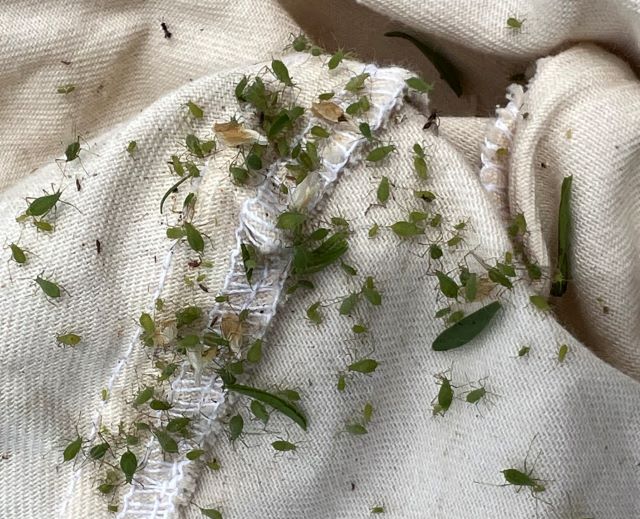
Picture 2. Adult Lygus bug/Tarnished Plant bug
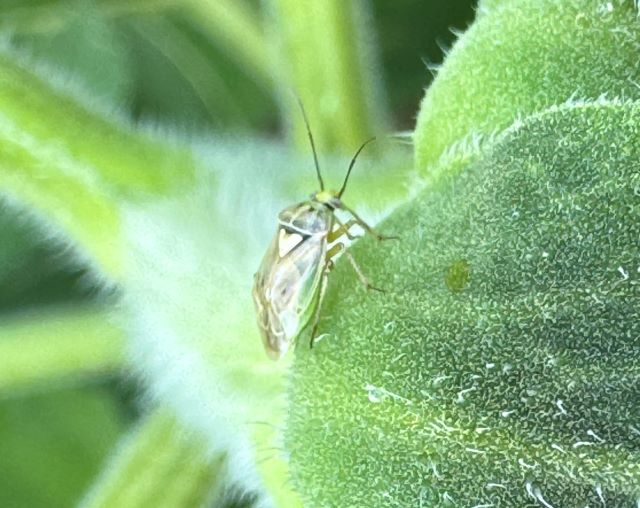
Picture 3. Symptoms of chalk spot on lentil seed (J. Knodel, NDSU)
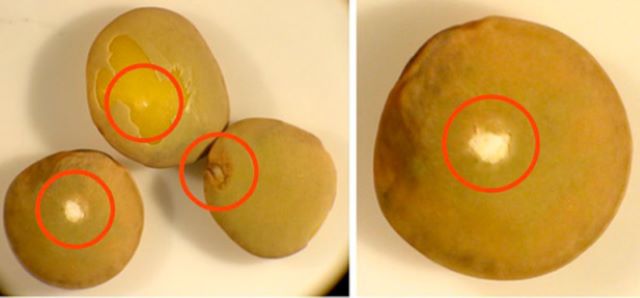
Loose Smut (Ustilago tritici)
Loose smut is a common disease of wheat and durum and we typically see a few affected heads here and there in fields every year. The disease is caused by infected seed and thus is typically managed by treating the seed with a fungicide prior to planting. If symptoms are observed in fields where seed was treated, it is likely that the seed applied fungicide was not uniformly distributed and thus some seeds escaped with insufficient active ingredient to control the pathogen.The affected plants (picture below) serve as the source of the pathogen in future years. The brown material which is produced instead of glumes and kernels are the spores, which are blown to healthy plants and infect during the flowering period. Humid and cool weather favor these new infections which then spread to the seed.
If grain is saved from fields with infected heads for seed, make sure to treat this seed to minimize the spread of the pathogen to next years’ crop.
Dr. Audrey Kalil, Agronomist/Outreach Coordinator
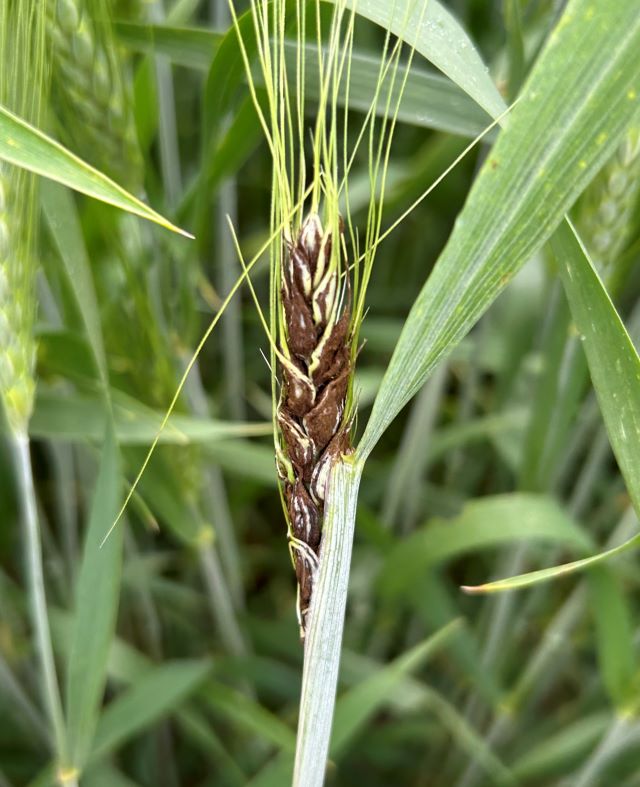
Current Head Scab Risk
Below are the NDSU Small Grains Disease Forecasting Model scab risk map (top) and the National Fusarium Risk Tool map (bottom) for very susceptible varieties of HRSW or durum flowering July 25th or July 26th respectively. While many expected scab risk to go down with the heat, for much of the state risk actually went up in the NDSU model and stayed high in the National model. That is because overnight relative humidity has remained elevated (90-100%).I checked a couple of durum fields late last week and observed head scab symptoms causing partial to complete head bleaching. The best time to determine if symptoms are present is at the early soft dough stage while the heads are still green. Examples of partially (7 and 50%) or completely infected heads from those fields are below. Grain from fully infected heads is shriveled compared to healthy kernels (see picture below), and could potentially be removed during harvest using elevated wind speed settings on the combine.
Dr. Audrey Kalil, Agronomist/Outreach Coordinator
